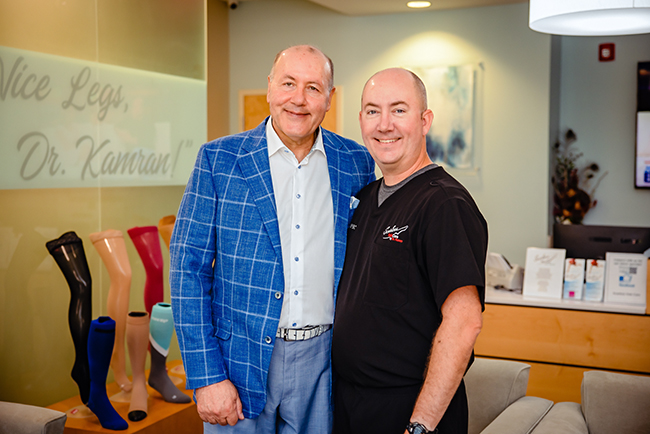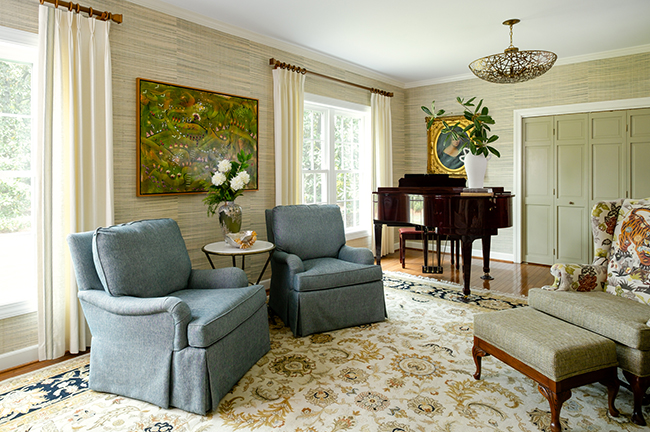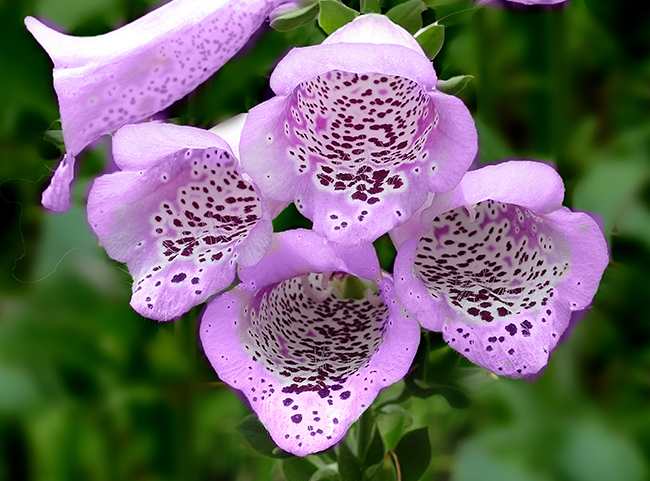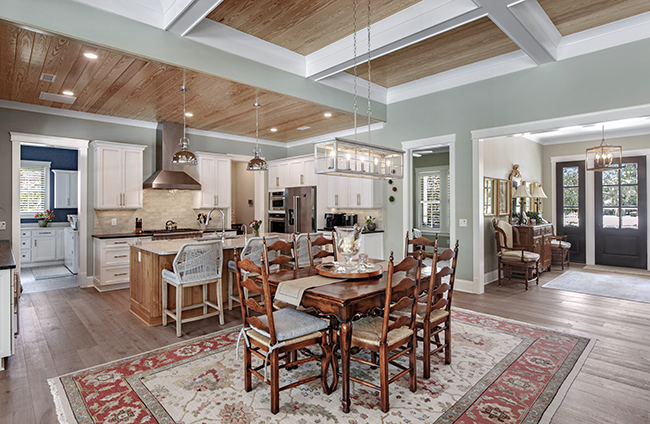Gardening for the Greater Good
03 Jan 2024
How nurturing native plants supports pollinators, wildlife habitats, and the environment
By Vera Wilson » Photos by Emmi Simpson
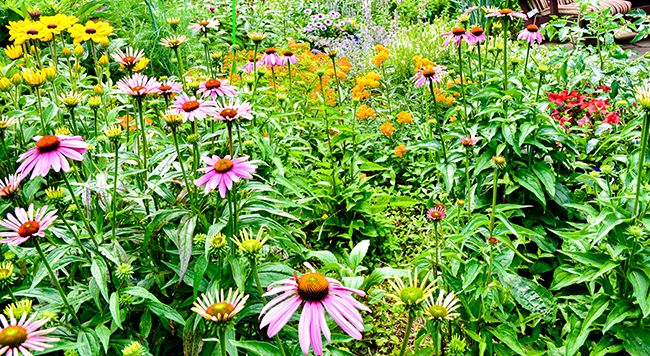
Gardening is an American pastime. There's something cathartic about digging in the dirt, planting a bush or a tree or a flower, and watching it grow. Depending on how you design it, a garden can be anything from a sanctuary to a playground for you and your family.
But gardeners are starting to realize that their domain can also play an important role in protecting and conserving our environment, in pursuit of an ethos of gardening for the greater good.
Going native
As you read this, Wilmington is heading into its third winter under drought conditions, and predictions are this will be the new normal as climate changes bring hotter and drier conditions to the region. Every gardener knows that plants need water, and using your hose just exacerbates drought conditions.
Here come native plants to the rescue!
“A native plant would be something that was created from seed, practically from the beginning of time versus something that man has altered or changed,” explains Emmi Simpson, local garden consultant and owner of Seeded Method, whose niche is kitchen gardening. “In North America, 'beginning of time' would mean before European colonization.”
According to the North Carolina Extension Gardener Handbook, native plants developed and adapted to local soil and climate conditions. This means less supplemental watering and pest problems, which reduces water and chemical usage, a win-win for the environment and the gardener, who gets to spend less money and time working in the garden.
Native plants are available locally, more so at boutique nurseries like Blooms + Branches and Shelton Herb Farms than the big box stores. Some good choices are dogwoods, blue phlox, wax myrtle, and black-eyed Susans. Simpson recommends being knowledgeable about your garden's ecosystem when shopping for native plants in Southeastern North Carolina.
“We have a very fine line here at the coast,” she says. “Even one-eighth of a mile can mean a difference in salt tolerance and temperature.”
The New Hanover County Arboretum can provide you with a list of native plants and has its own native plant garden that you can visit.
Feed the bees, please
It's possible that native plants may not offer the variety and color you want in your garden. But if your environmental conscience is still nagging you, just add some pollinator-friendly plants.
Pollinators include bees, butterflies, birds, many insects, and even bats. Certain plants attract pollinators who are searching for food, shelter, or nest-building materials. While checking out the plant, they just might transfer pollen from the male anther of a flower to the female stigma, allowing the plant to produce seeds, and making them the matchmakers of the gardening world.
Lucky for the gardener, the plants that attract pollinators make for a colorful, bountiful garden. Verbena, dogwoods, zinnias, lavender, marigolds, and oregano are just a few that can adorn your garden.
So now that you've made the birds and bees pretty happy, what about the environment? By planting pollinator-friendly plants, you are also helping feed personkind.
“It's estimated that one out of every three bites we put in our mouth is thanks to pollinators,” says Simpson. “Without insects, I don't even think we'd be on the planet.”
But pollinators are in trouble. Loss of habitat, environmental contaminants, and other issues are causing an alarming decline in their population, so including the plants they love in your garden is beneficial to both us and them.
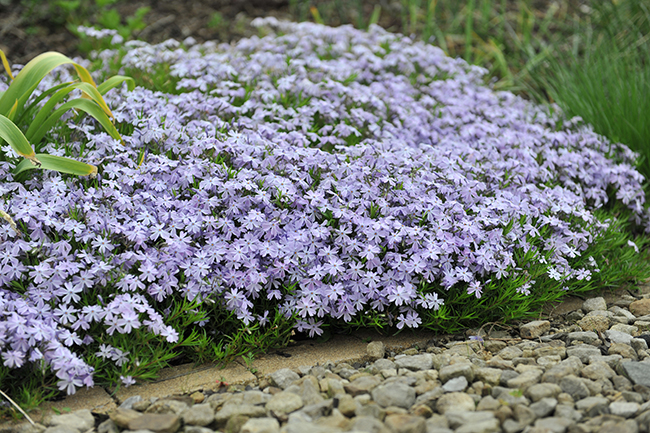
Sharing your home with wildlife
As Wilmington and the neighboring cities and towns continue to grow, the space available to our wildlife population continues to shrink. Creating a wildlife habitat is one way to help provide shelter and sustenance to the animals, birds, and insects we share our community with.
According to the North Carolina Wildlife Federation, a habitat able to support wildlife should include food, water, cover, and a place to raise their young.
For longtime Wilmington residents Frances and Jim Parnell, it wasn't too difficult to have their garden certified as a wildlife habitat. Blessed with a large, wooded lot, some of the requirements were already there naturally, like mature trees for nests, evergreens that provide cover, and plants that provide food.
To that, they've added numerous birdfeeders, birdhouses, brush piles, small ponds, and other water features.
The result is a place where birds, raccoons, possums, turtles, foxes, squirrels, and the occasional deer thrive and provide constant entertainment for the Parnells. Of course, the occasional unwelcome visitor may show up as well.
“We had guests one evening, and they were greeted by a coyote when they were getting out of their car,” says Frances with a smile.
Jim is quick to point out you don't need a big yard like theirs to provide a welcoming habitat.
“Even people who are living in an apartment with a balcony can provide water, plants for protection, and feeders for food,” he says.
Something you can feel good about adding to your New Year's resolution list!


